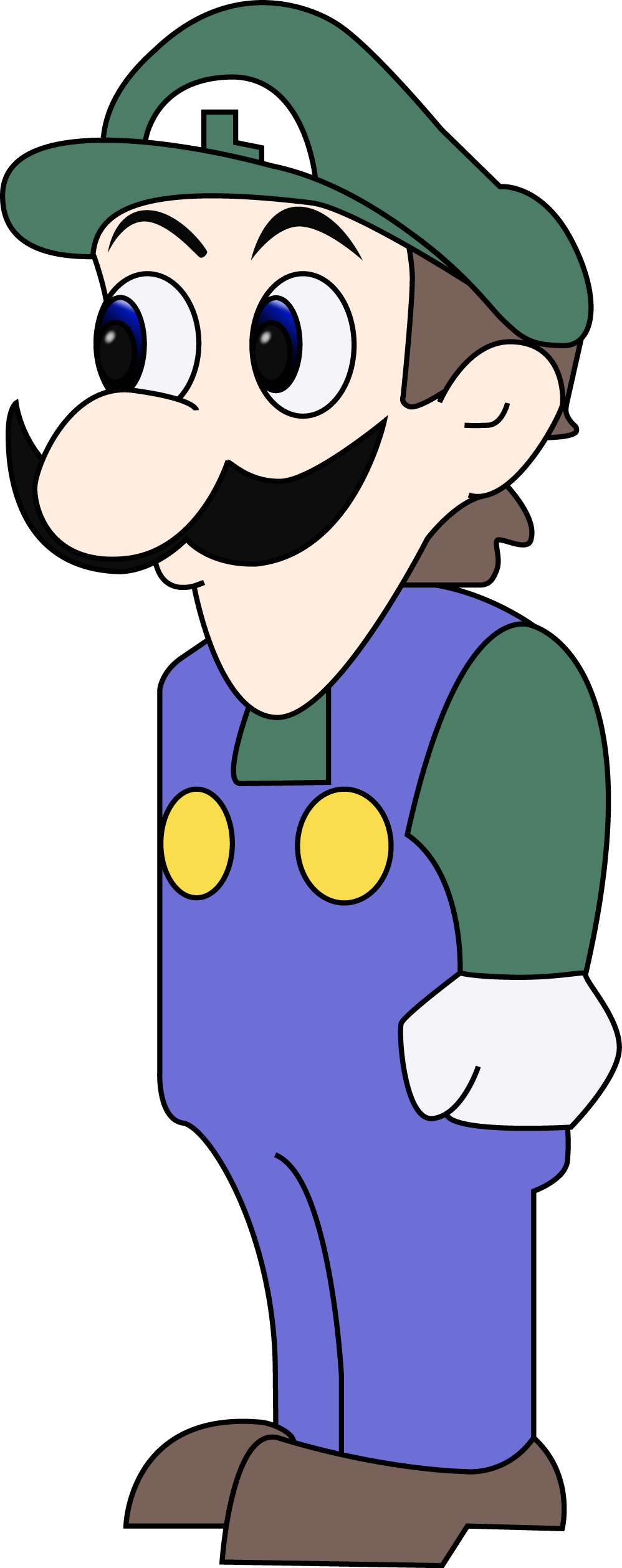Given that a cube with edge length a {\displaystyle a}. The face diagonal of a cube is the diagonal
of a
square a 2 {\displaystyle a{\sqrt {2}}}, and the space diagonal of a cube is a line connecting two
vertices that is not in the same face, formulated as a 3 {\displaystyle a{\sqrt {3}}}. Both formulas
can
be determined by using Pythagorean theorem. The surface area of a cube A {\displaystyle A} is six
times
the area of a square:[4] A = 6 a 2 . {\displaystyle A=6a^{2}.} The volume of a cuboid is the product
of
length, width, and height. Because the edges of a cube are all equal in length, it is:[4] V = a 3 .
{\displaystyle V=a^{3}.}



















